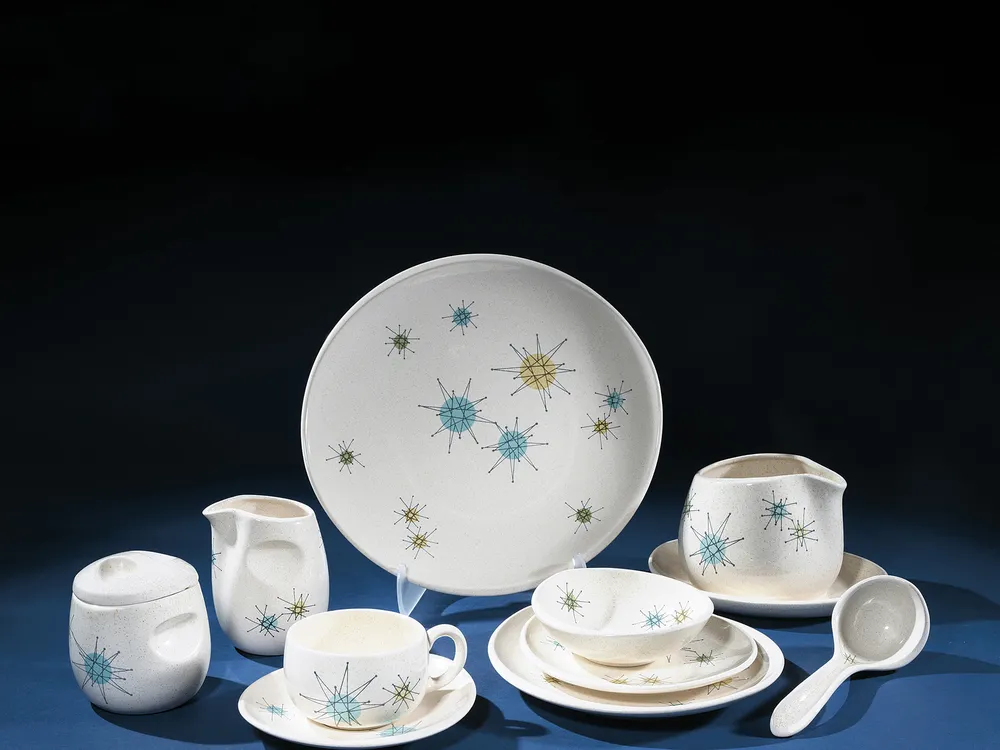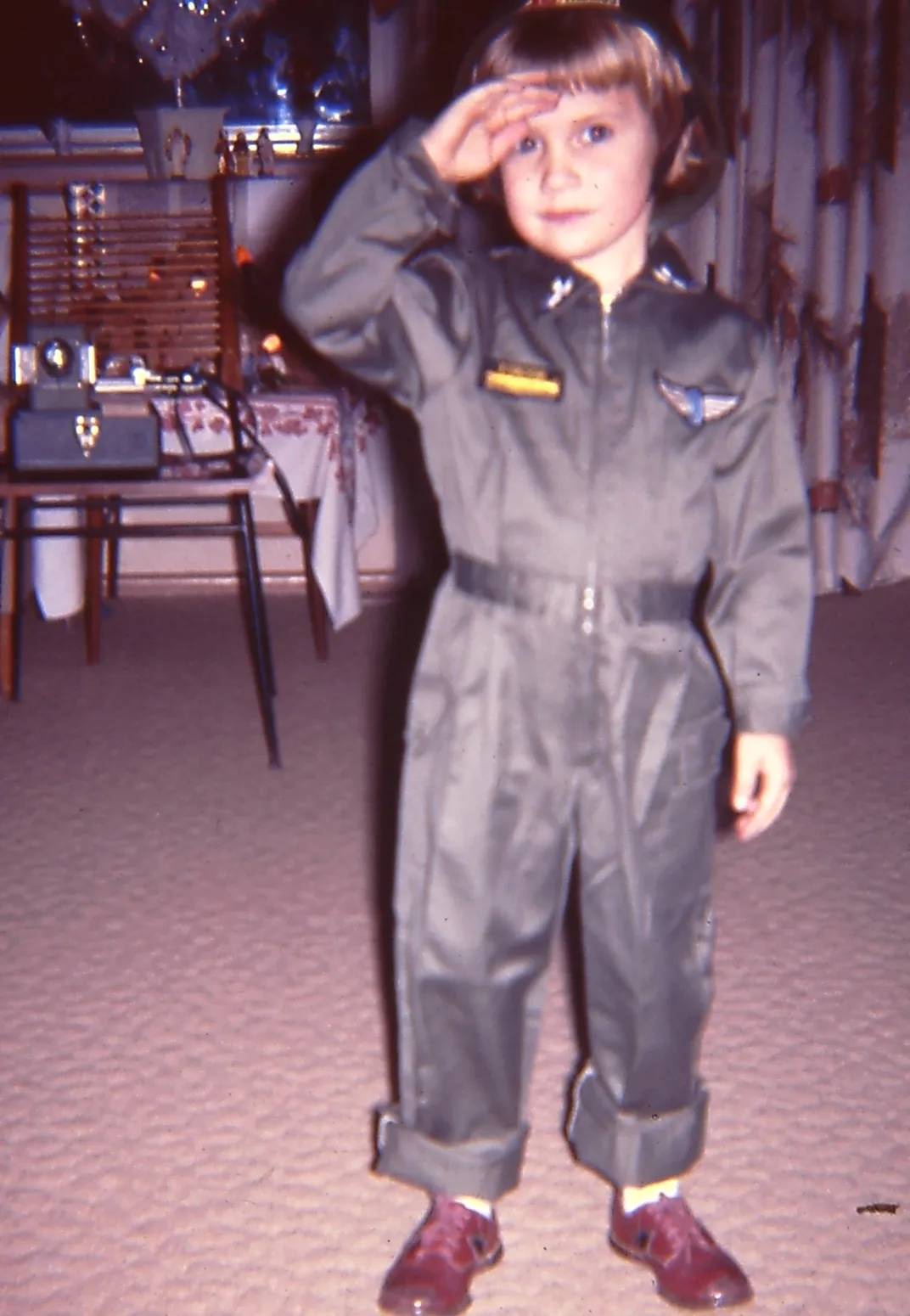This Space Age Tableware Is Now a Prized Collectible
A passion for space exploration influenced how one family set the dinner table

As a young girl growing up in the 1960s, Patricia Matos-Puente wanted to be an astronaut. Her interest in space was sparked by NASA’s early successes with crewed space missions, and she has pleasant memories of sitting in front of the TV with her father to watch live broadcasts of the Gemini and Apollo launches.
She has other cherished memories: Her parents liked to entertain, especially at Thanksgiving, when they opened their home to large groups of friends and extended family. During these dinner parties, Matos-Puente remembers her mother often setting the table with a distinctive set of dinnerware: the Starburst pattern, first released in 1953 by Franciscan Ceramics, a popular tableware company.
At the time, space was a new—and exciting—frontier, and the Starburst pattern seemed to be a sign that the future couldn’t come fast enough. Across a cream background, the design features star shapes in blue, yellow, and olive green. The shapes are also reminiscent of atoms, with black electron-like dots seemingly orbiting atomic nuclei.

The idea to donate the dishes to the National Air and Space Museum came after Matos-Puente visited the St. Louis Science Center in 2018. “While touring the exhibits, I passed by a display of what looked like a traditional china cabinet, and inside was a full set of Starburst dishes,” says Matos-Puente. “After my father passed away, I approached the Museum about taking my family’s entire set. They opted to take two place settings and the serving pieces. I am happy to have service for six left over for special occasions.”
Diane Tedeschi is Air & Space Quarterly’s senior editor.
This article is from the Summer 2025 issue of Air & Space Quarterly, the National Air and Space Museum's signature magazine that explores topics in aviation and space, from the earliest moments of flight to today. Explore the full issue.
Want to receive ad-free hard-copies of Air & Space Quarterly? Join the Museum's National Air and Space Society to subscribe.